How to judge devices for your home
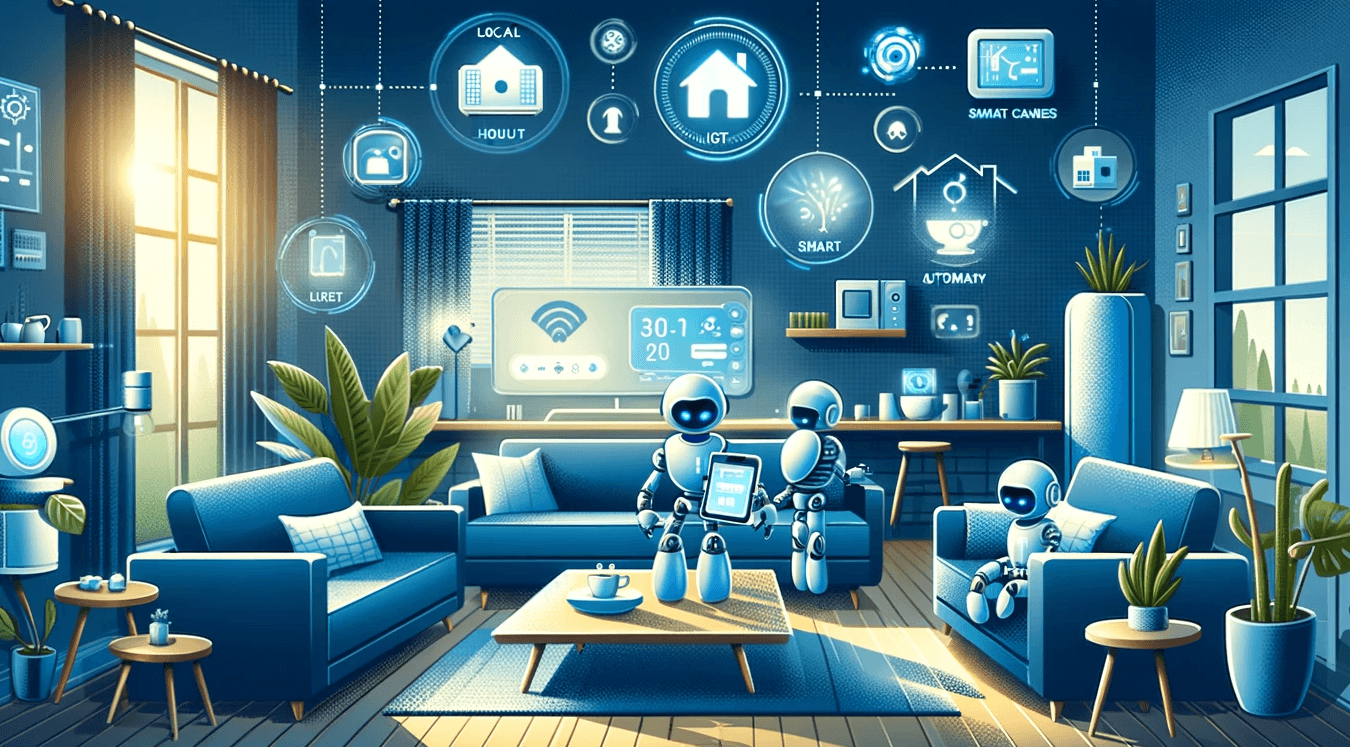
Welcome to the November edition of the Open Home newsletter, the place to learn about the latest and greatest things for your smart home that improve its privacy, choice, and sustainability.
The Open Home newsletter is written by Paulus Schoutsen, founder of Home Assistant and Nabu Casa. Was this email forwarded to you? Subscribe here!
It's almost the end of the year, and we've survived both Halloween (and all the epic videos powered by Home Assistant) and Thanksgiving. Home Assistant's monthly release schedule means we only have 1 release left this year 😱.
Last month, I wrote about who owns your device. Sadly, it's relevant again this month as MyQ decided to pull the plug. You can read our coverage, but I also highly recommend Jennifer's piece in The Verge; she puts all of MyQ's actions in perspective to show how their attack on their own users has been an ongoing trend. Companies go down this route if they are not held in check by competition, regulation, capability, and customers' ability to self-help, according to Cory Doctorow.
The Open Home buying guide
With Christmas coming up, this is an excellent time to take a step back and reevaluate how we make our smart home purchases. What did you buy this year during Black Friday? How much effort did you put into finding out how it's connected? If it's a device that depends on the cloud, you may become the victim of the next company that blocks its own customers. As Stacey wrote for The Verge:
"We need to start thinking about how an internet connection changes what we’re buying and not just how it works, but also how it breaks."

So, before you order that shiny new thing for Christmas, check out its Home Assistant integrations page. The sidebar on the right will show you the IoT class of the integration for that device. If it says Local Polling or Local Push, Home Assistant can communicate with it locally, and you're good. If it says Cloud Polling or Cloud Push, you must ask yourself how much you trust this company. Will it still be around in three years, five, or ten? Are they owned by investors who may prioritize profit over customers? What is their business model like?
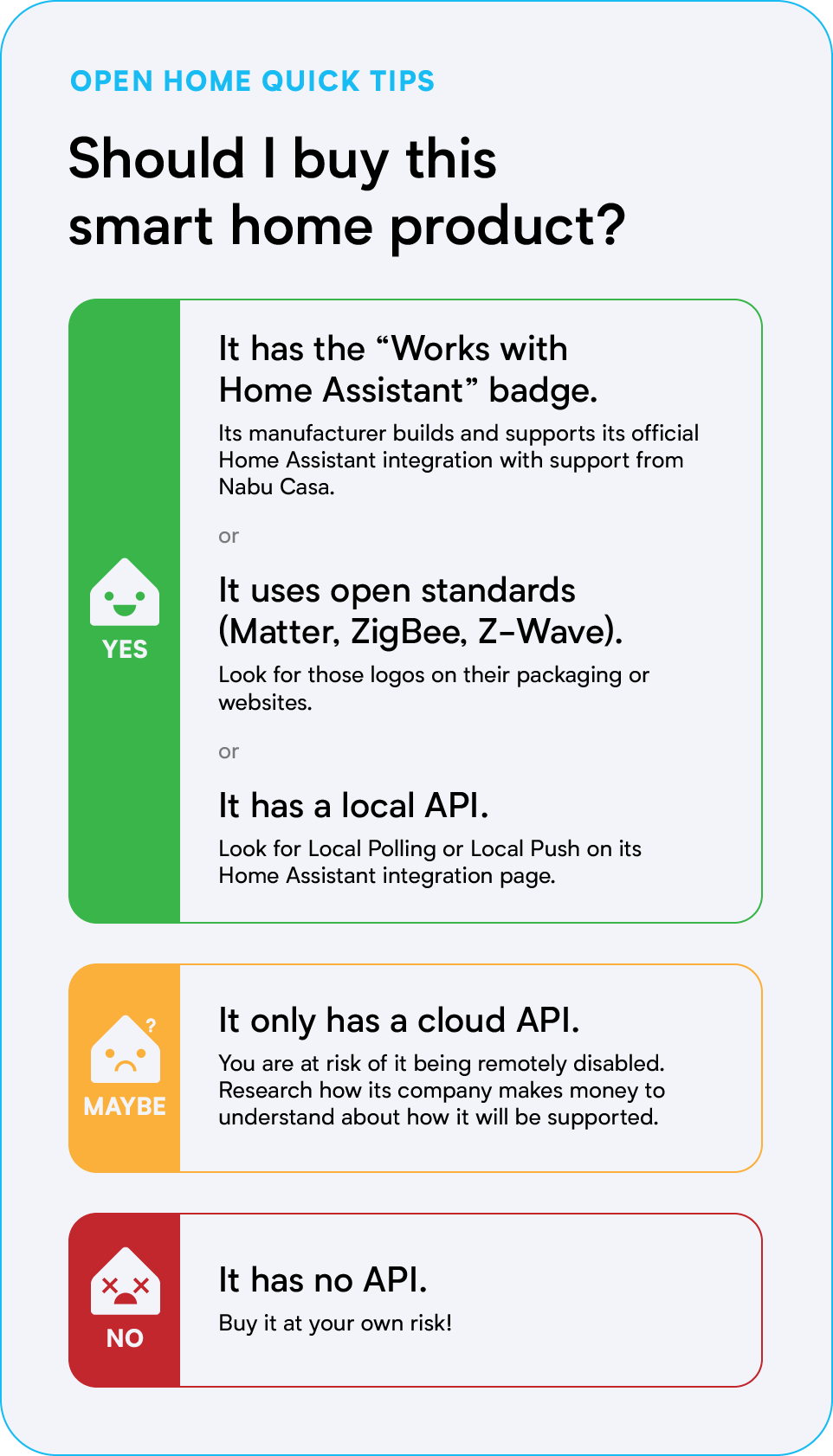
With products that rely on the cloud, there is always a risk of the API being remotely disabled. You can judge the risk by looking at the business model and considering if it covers the cloud costs.
- Subscription: The company has an ongoing revenue to pay for the cloud. There is a lower risk of it going away.
- Built into original product price and documented: Some companies (like Hue) document how long a user can expect the cloud features to remain supported. This doesn't remove the risk, but at least you know what you are buying into, and you can decide if it is worth it.
- Advertisements: Products that rely on advertising income will likely be shut down at some point in the future. Usually, before these products shut down, the user experience is crippled to show even more ads as companies pursue relentless growth.
- Unknown/covered by future sales: If it's unclear how the costs are covered, they're usually covered by future sales and/or investor money. Be cautious, as any headwind for the company can result in the cloud being turned off.
At the end of the day, save your privacy, wallet, and the planet by pursuing products that work local and can last ten years or more.
Year of the Voice – Chapter 5
All good things come to an end, and so will our Year of the Voice series. Our bad for calling it "Year of" 😅. Don't worry: both voice and Mike "the voice" Hansen are here to stay. Mike will stay on as a full-time employee of Nabu Casa to continue to lead the development of an open voice assistant ecosystem (thank you, Home Assistant Cloud subscribers, for your support 🙏).
In October, we launched wake words, adding the final building block for voice assistants. Since then, we've been working hard at improving the experience. On December 13, we will present our final chapter of the year on Home Assistant's YouTube channel.
GitHub's 2023 Octoverse report
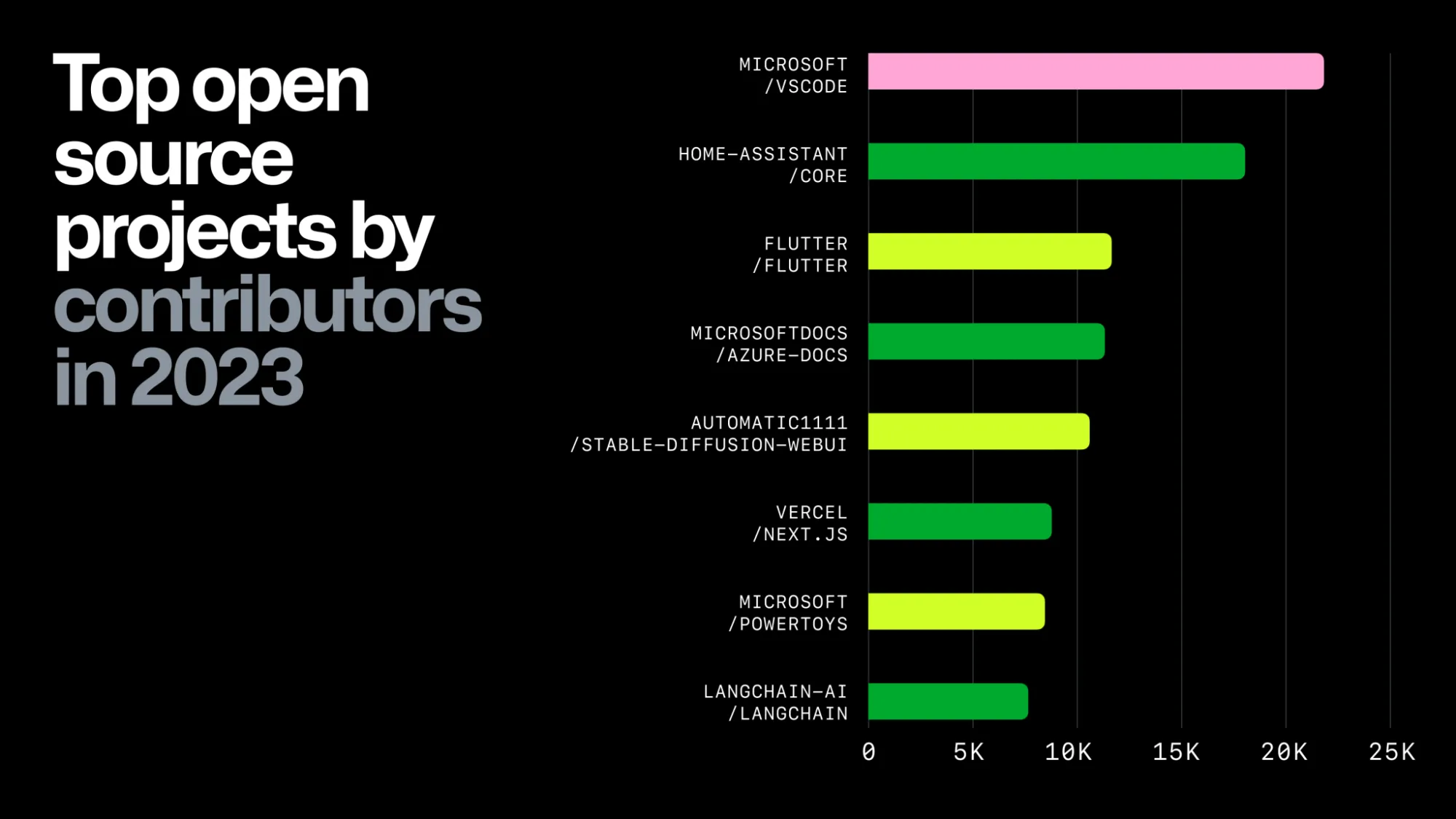
GitHub released its yearly Octoverse report, and surprise — we're the second most active open-source project in the world again! More than 17,000 people have worked on Home Assistant in 2023. I couldn't be more thankful for this amazing community that has grown around Home Assistant. When I uploaded that first commit to GitHub ten years ago, I never dreamed this would happen!
The open source home automation project home-assistant/core hits the top contributors list again. The project’s been on the top list nearly every year since 2018 (with the exception of 2021). Its continued popularity shows the strength of the project’s community building efforts.
Growing the team
As Home Assistant keeps on growing, so does Nabu Casa. This month, we're excited to welcome Bruno Pantaleão to the team. Bruno is an iOS engineer and will work on Home Assistant's Apple iOS, watchOS, and macOS apps! (and, you know, visionOS)
We founded Nabu Casa five years ago to ensure Home Assistant's immense growth would not make the project unsustainable for maintainers. Nabu Casa now employs more than 30 people worldwide, giving them the financial freedom to focus on Home Assistant and other Open Home projects, like ESPHome and Piper. We have no external investors, and all our funding comes from you: the users who subscribe to Home Assistant Cloud and buy Home Assistant hardware.
Are you interested in working at Nabu Casa as well? We are looking for a community manager, a copywriter, and a designer for our communications team to work on Home Assistant. The applications for these positions will close in a few days, so if this interests you, please apply soon!
Home Assistant 2023.11
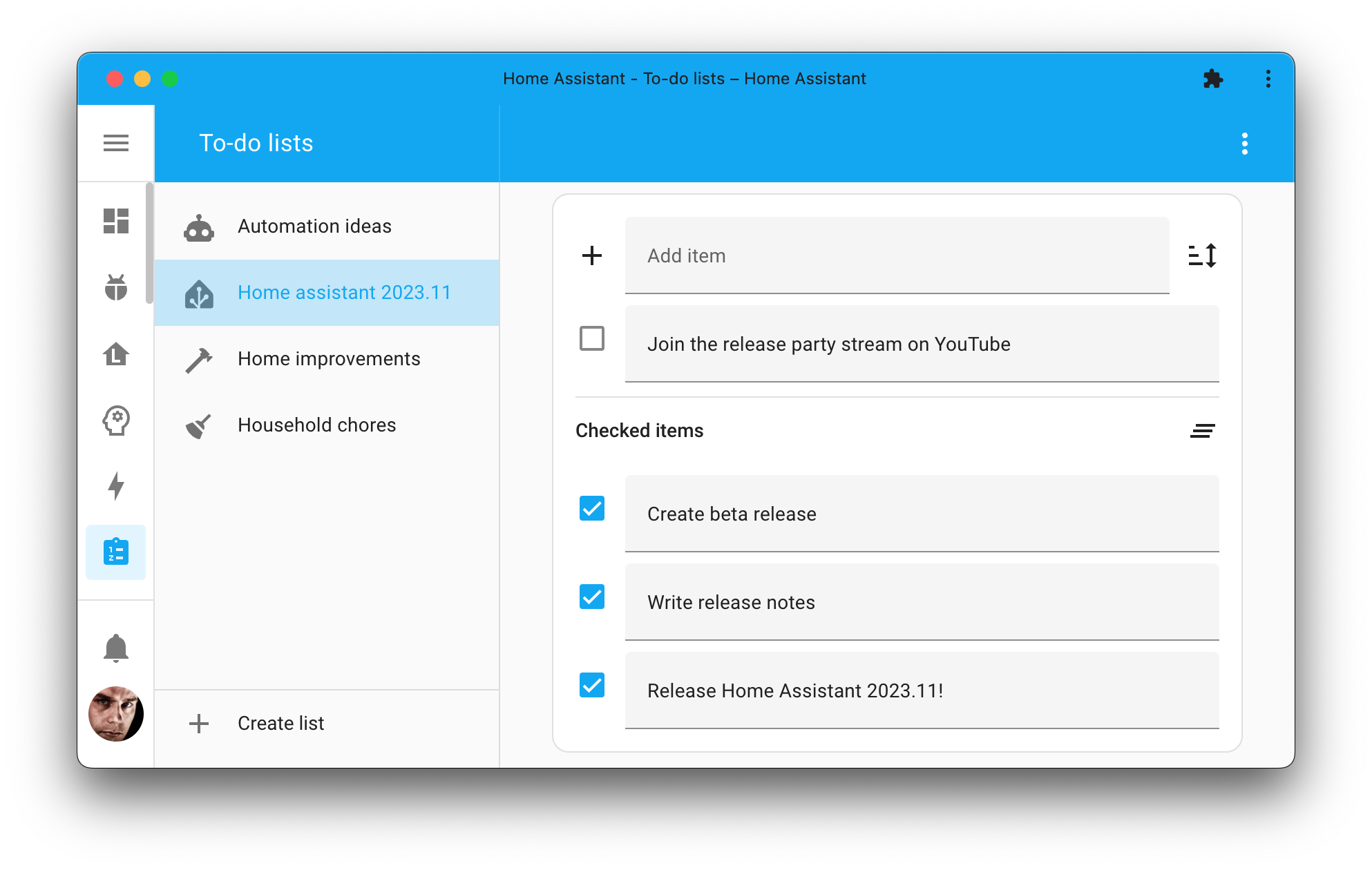
Another major release as we near the end of the year. This month, we have a new to-do entity type that provides to-do lists in Home Assistant, and you can even sync with third-party to-do managers like Todoist and Google Tasks. You can also customize the information displayed on your Tile card, select any date range with a new date picker in the energy dashboard, and much more!

Community highlights
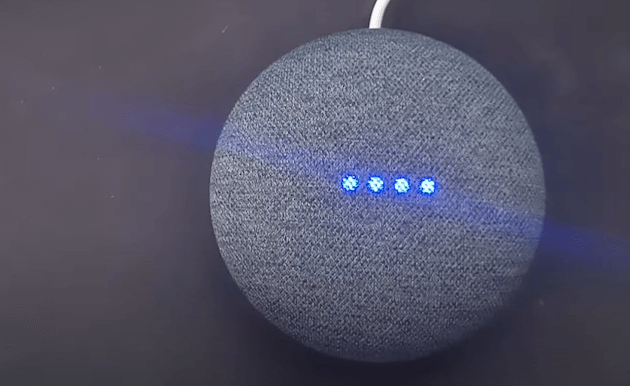
Repurposed Google Home Mini works with Assist by Home Assistant
Tudor upgraded his Google Home Mini with an Onju Voice PCB and ESPHome to free it from the cloud and get local control.
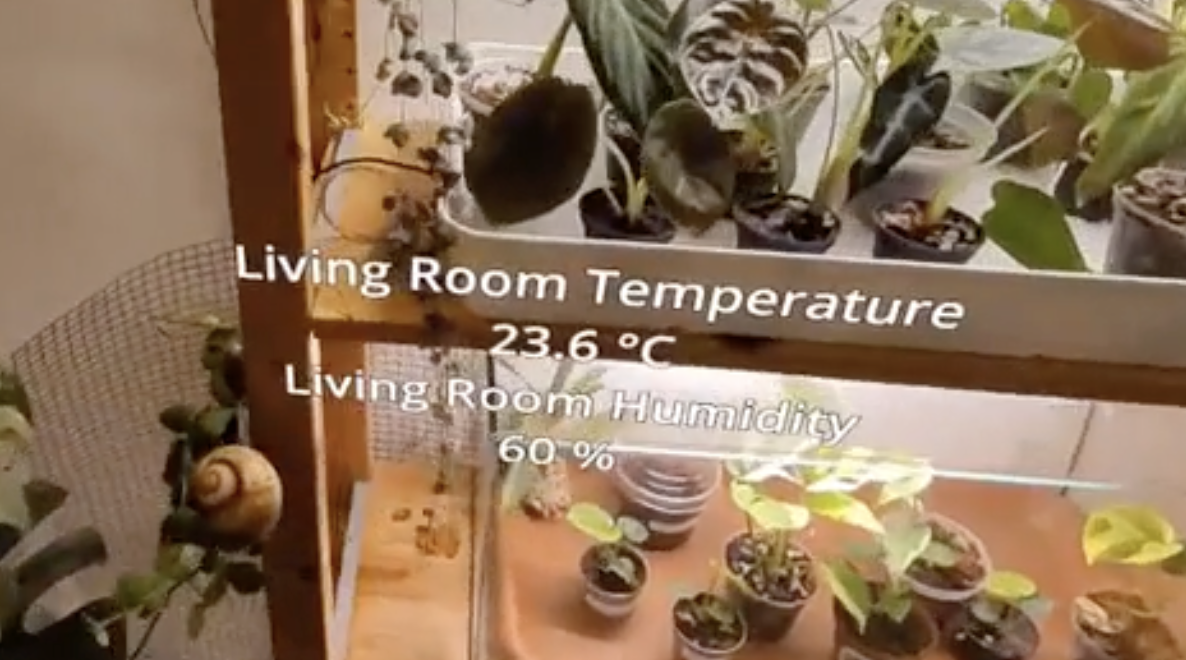
Experience your smart home in mixed reality
Nils has built Immersive Home, an open-source project that allows you to overlay your smart home data and controls in the real world. Very cool. To see it in action, check his post on Reddit.
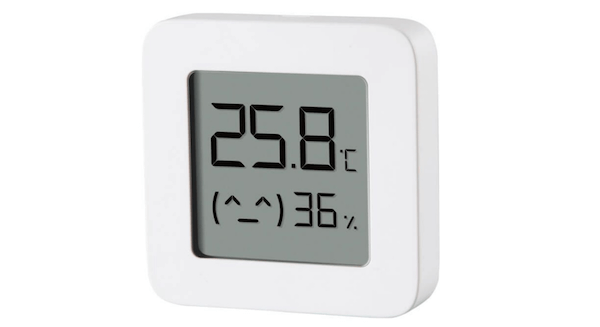
Turn Bluetooth temperature sensors into Zigbee sensors
Thanks to Ivan, you can now turn various Bluetooth-powered temperature and humidity sensors into Zigbee ones via a neat browser interface without installing extra software.
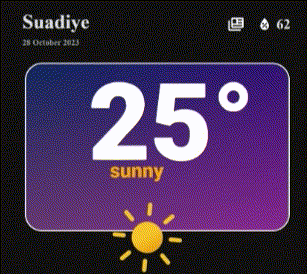
Animated weather card to brighten up your Home Assistant dashboard
Berkan has created a beautiful, powerful, and animated weather card. He wrote some excellent documentation for it, too!
In other news
- Mozilla published their Consumer Creep-O-Meter. Unsurprisingly, most products are not good for your privacy. They include a little test to check your products, too. (Mozilla)
- Amazon eliminated another several hundred roles in its Alexa division. Are there any people left? (Todd Bishop, GeekWire)
- Lush launched a cloud-shaped bath bomb; all proceeds will go to People vs. Big Tech. What does it smell like? "A perfume of geranium and rose soothes while fighting predatory social media algorithms, as mood-boosting lemon elevates you to say ‘no’ to surveillance-for-profit business models." Yeah, turns out even beauty companies don't like the cloud. (Lush)
Enjoy this newsletter?
Forward to a friend, sharing is caring.
Anything else? Hit reply to send us feedback or say hello. We read everything!
|





